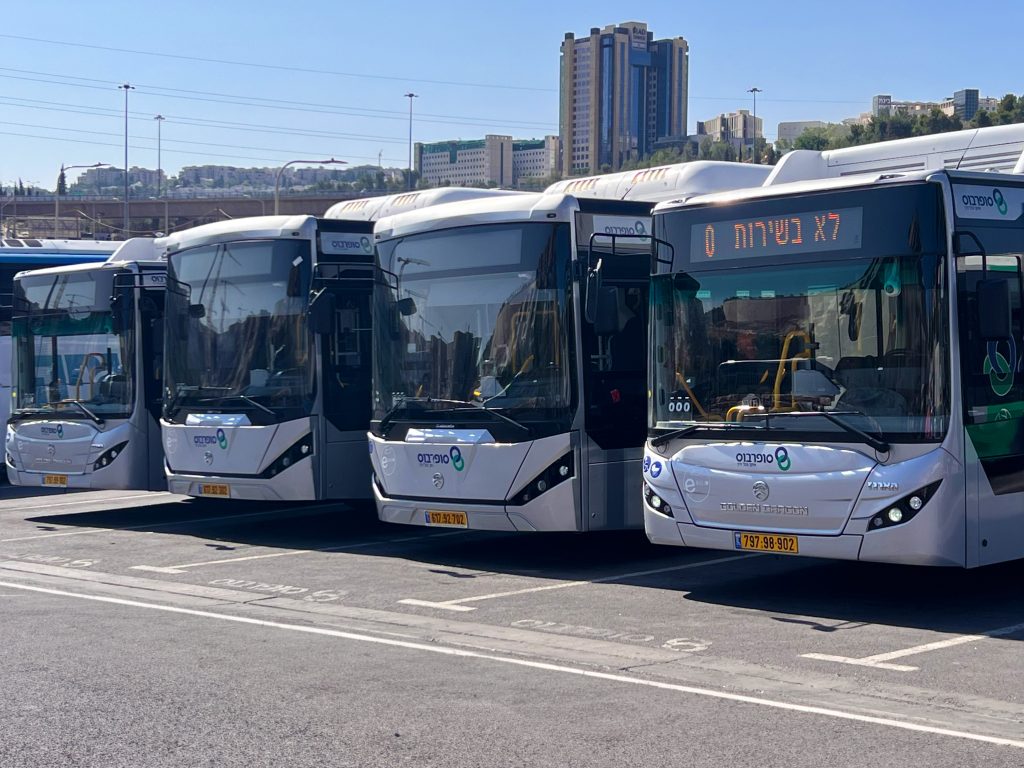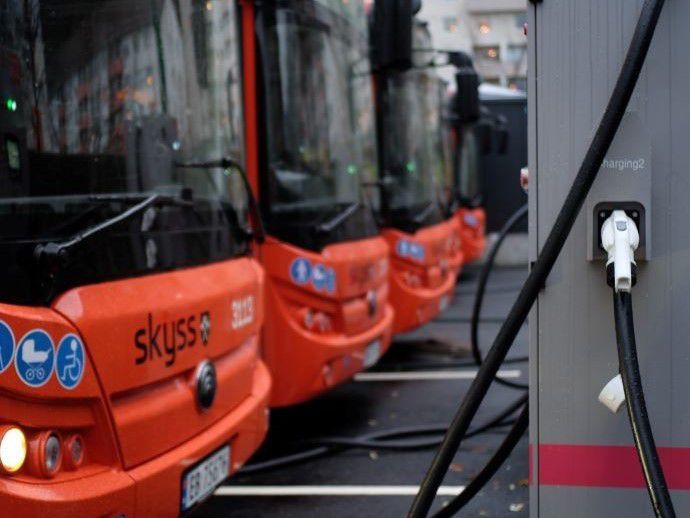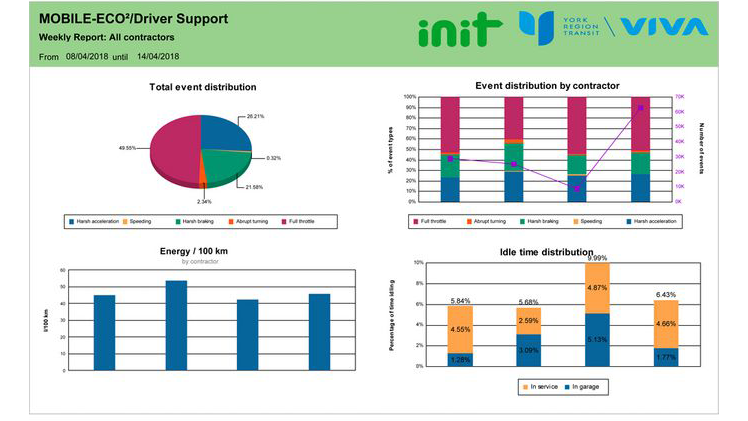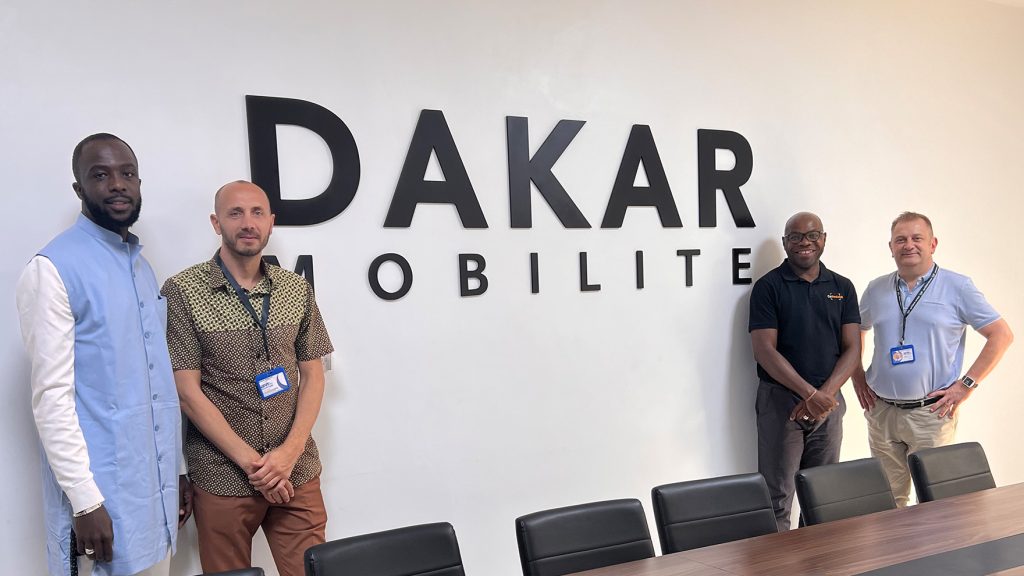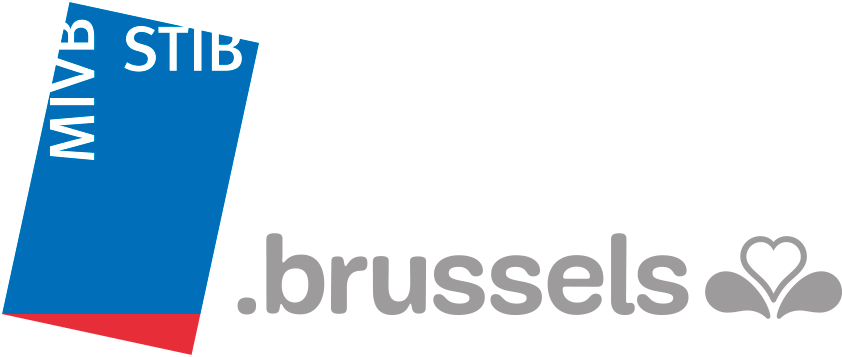CarMedialab revolutionizes electric public transport in Israel
We are excited to have won the tender, and from now on we will work together to advance the electrification of public transport in Israel.
Charging stations throughout Israel will be connected
Ayalon Highways, a nationwide infrastructure provider in Israel, has contracted CarMedialab to integrate the charge management system MOBILEcharge into hundreds of electric bus charging stations. This will be done in dozens of depots across the country, ensuring smooth operation and efficient use of the electric bus fleet.
“We chose CarMedialabs charge management system for all our bus depots all over Israel. MOBILEcharge will help us to have a maximum number of buses available on time with minimal use of the grid and minimal costs. Let the electrification revolution begin!“ – Shirley W., Product Manager at Ayalon Highways
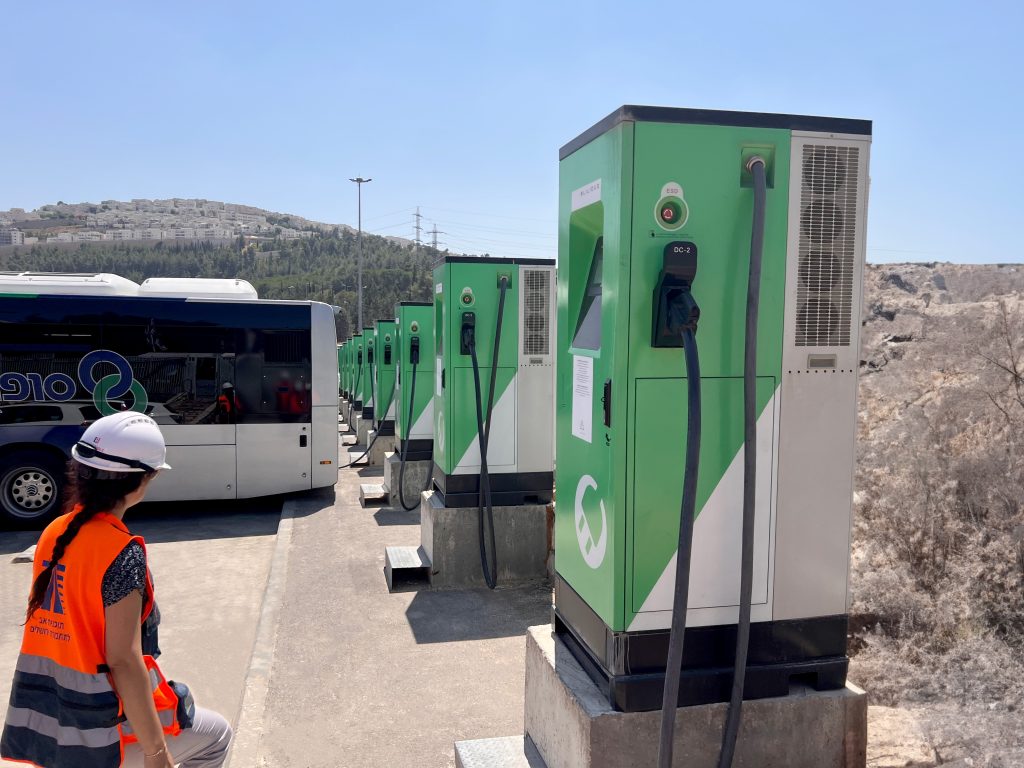
Increase efficiency and save costs
MOBILEcharge is an intelligent charge management system that not only monitors and controls the charging of electric buses, but can also integrate various interfaces. These interfaces enable seamless communication with depot management as well as other relevant systems. Thus, operators can better manage their electric fleets, optimize operations, increase efficiency and save costs at the same time.
Multiple operators sharing the same infrastructure
MOBILEcharge is rolled out in multitenant mode in order to support the case that multiple operators use the same charging infrastructure. Charging stations are assigned to operators based on a concession, reserved only for a certain period of time or even a single charging event. By that, the operators see, control and have responsibility for only their stations and processes. They utilise their own energy tariffs and get their respective bills based on consumed energy.
Electric public transport for the climate
This groundbreaking partnership between Ayalon Highways, the Ministry of Transport of Israel, CarMedialab and Optibus is a significant step towards greener public transport. Electric public transport not only reduces CO2 emissions, but also improves air quality and helps combat climate change.
Partnership with Optibus
Optibus, a renowned company offering a SaaS platform, will help improve driver and vehicle planning and deployment optimization. The detailed insights into operations, punctuality and costs will enable operators to make public transport more efficient and meet the needs of passengers. MOBILEcharge receives dispatching information from the Optibus platform to optimize charging processes according to departure time.
CarMedialab is proud to be part of this unique project and to contribute its expertise in the field of electric mobility. We firmly believe that electric public transport is the future of mass transit and are committed to it with our innovative solutions.
Together with Ayalon Highways, the Ministry of Transport of Israel and Optibus, we are looking forward to a successful implementation of this project.
